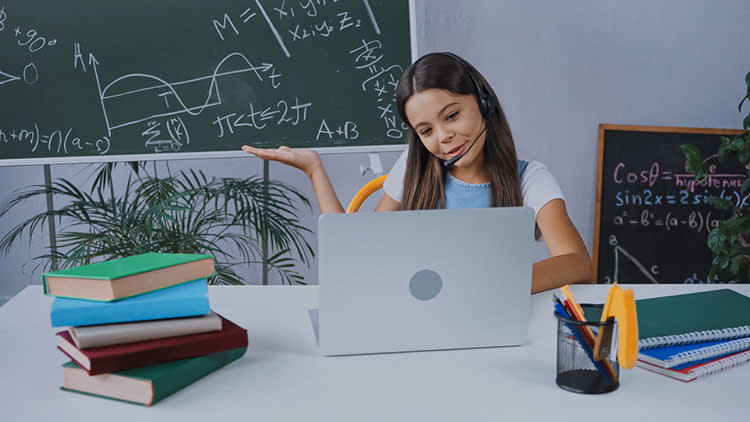Online has already become the same full-fledged format as offline. With different possibilities of virtual learning, the requirements for the quality of distance education have also grown.
Let's figure out what needs to be changed now in order to improve the quality of education.
Challenges of distance learning
At the height of COVID-19, quarantines were introduced in 192 countries around the world.
More than 1.5 billion different students (91.4%) have switched to distance learning. Although even in developed countries, only 60% of educators had online learning experience. Delivering information via video communication, when it is still the same boring lecture format, is ineffective for modern students, so it was urgently necessary to come up with something new.
Online, the concentration of attention is lower than in reality, and the lack of live interaction makes it difficult to perceive content. When hundreds of different educational platforms are open to us on the Internet with interesting information on any topic from all over the world and exciting speeches in the TEDx format, each speaker still needs to compete for the attention of the student.
Therefore, in eLearning, the role of not only a mentor, who turns from an ordinary teacher into a video blogger, podcaster or other kind of content maker, and thereby attracts and retains an audience, is especially important, but also the platform on which learning takes place. It should have all the necessary tools for modern learning, be convenient and accessible for both the student and the coach.
4 steps to improve the quality of distance learning
First, the quality of the current content in the educational environment should be assessed. There are several criteria here:
- The format of training - how understandable it is and how it affects the efficiency of assimilation of information;
- Content - the relevance of the information and whether the theory can be worked out in practice in the current conditions, what of it can really be applied in the case;
- External design of the educational program (presentation and positioning of the brand in the network) - visual perception forms a general impression about the service, teachers and the effectiveness of the training itself;
- The style and tone of the presentation of the material is the key to strong audience interest.
Choose the best learning pace
The universal class schedule does not correspond to the realities of modern students - active, purposeful, sometimes working in several places and traveling frequently. They are not interested in sitting in classrooms for hours trying not to fall asleep during lectures. The new generation seeks to spend the time allotted for training with benefit.
What is important: students immediately learn all the intricacies of real work in their chosen specialty. We study the roles of each team member, learn to apply our skills in combination with the skills of other colleagues, and together we move towards the goal.
Use convenient online tools
With custom lms development an online platform can be equally convenient for both teacher and students.
Online, the standard approach - reading material - is not good. High-quality distance learning is supported with the help of special tools provided by the platform on which the training is conducted.
Ideally, the group and the teacher should have a single LMS-system (Learning Management System). This is an online platform where students and teachers communicate, exchange useful materials, complete and check homework assignments, and learn to work in a team.
For organizing a distance learning process, an LMS system is a real salvation. Through one platform, you can control class attendance, conduct control and certification, and form your own library of useful sources.
Apply gamification
In distance learning, game technologies increase students' attentiveness and motivation. As the results of a survey of users of the open edX platform showed, 89% of respondents said that they are most likely to finish the task to the end if it is presented in a game form.
Self-control and the desire to learn are especially strengthened when a competitive moment appears in the mechanics of learning - the struggle for conditional points, achievements.
For example, in training for the professions of a traffic expert and investor, which are popular today, real freelance clients and the first significant earnings are much cooler than ordinary estimates, this is a real benefit from the acquired knowledge and its direct application in practice.




Top comments (0)